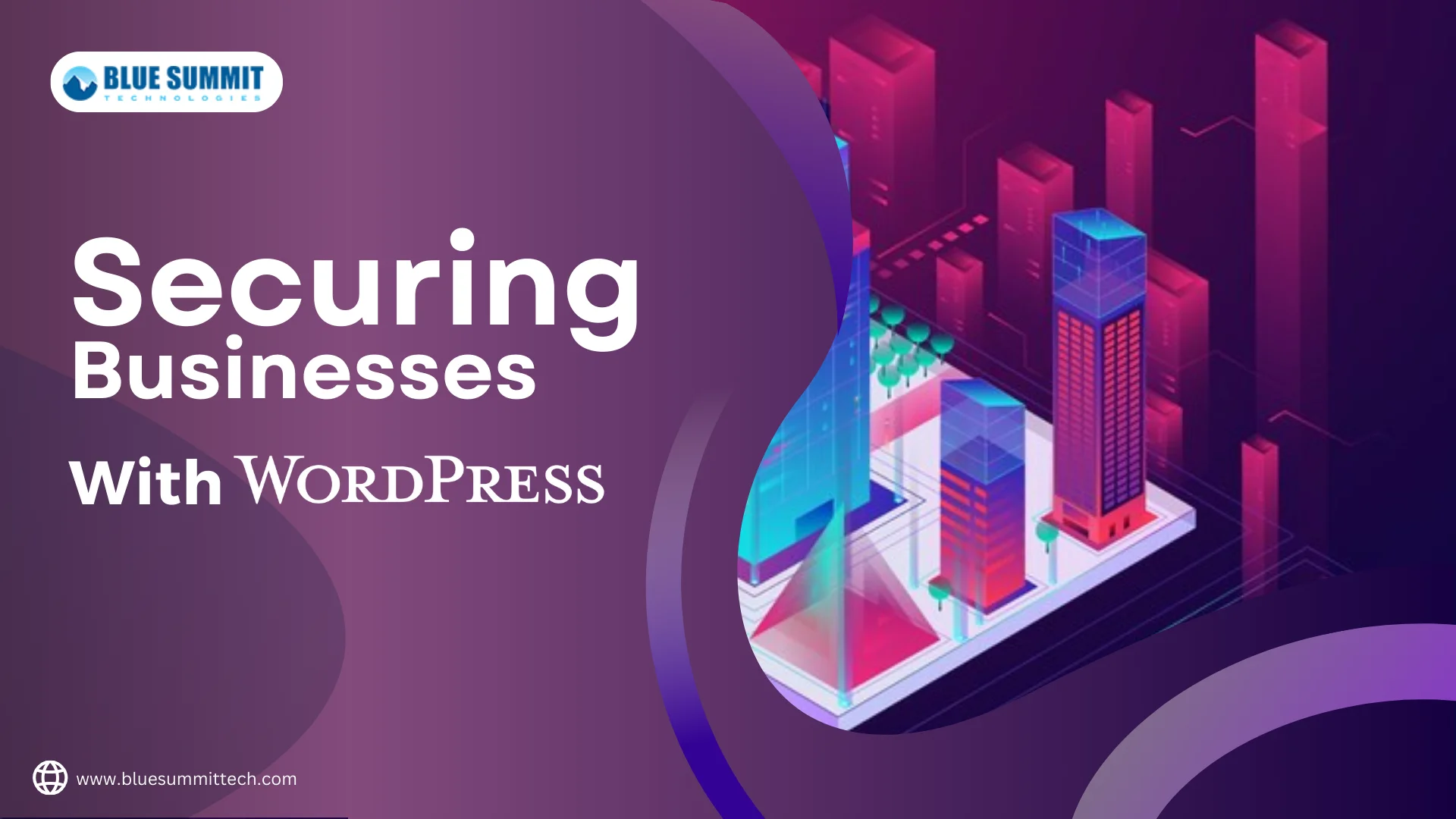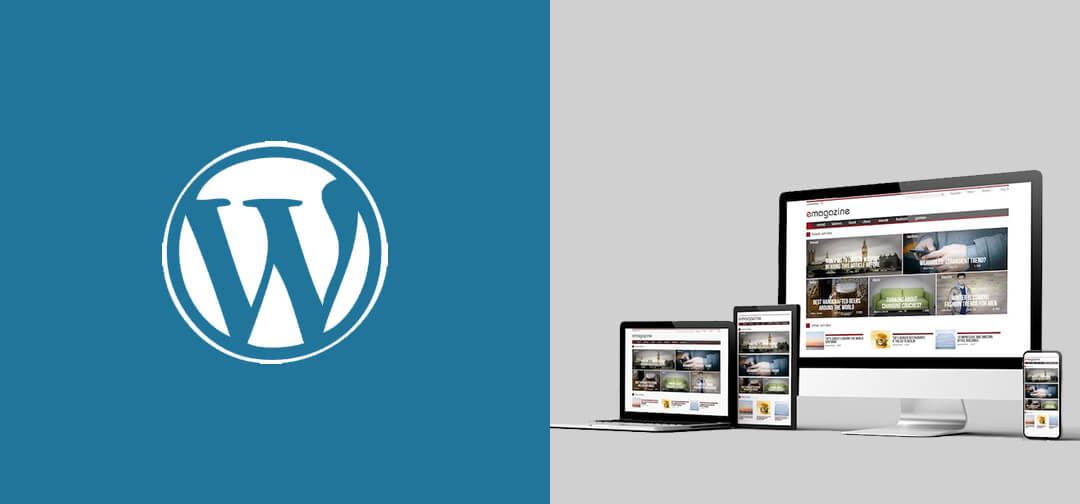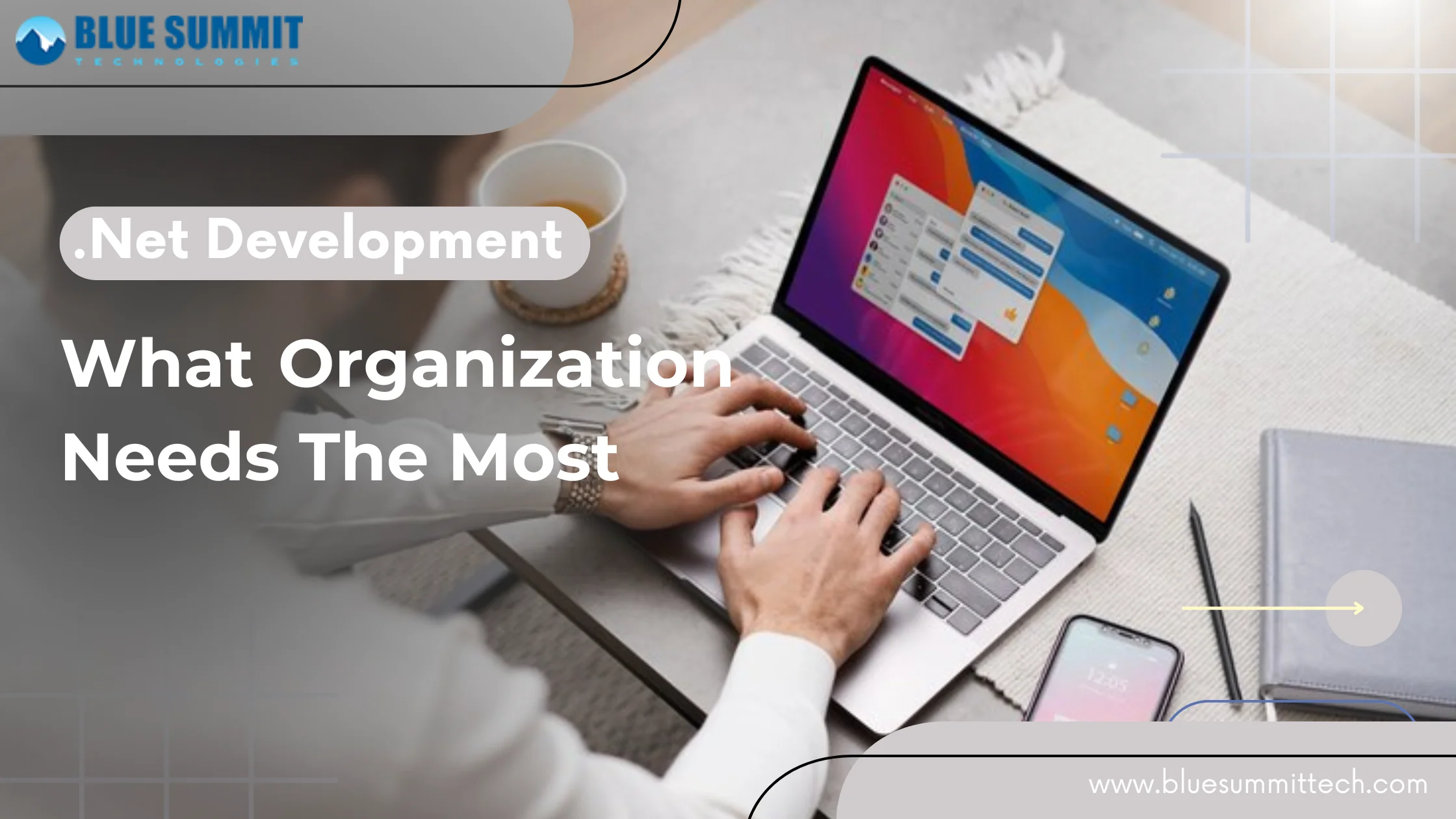
Posted on Wednesday, Jul 03rd, 2024
Protect your Business with WordPress
WordPress, a leading open-source content management system (CMS), powers millions of websites worldwide due to its flexibility and user-friendly interface. It allows businesses to create and manage their online presence efficiently, from simple blogs to complex eCommerce platforms. and with its popularity comes the responsibility of ensuring efficient WordPress security measures to safeguard against potential threats. The impact of WordPress security on your business cannot be overstated. As cyber threats continue to evolve, vulnerabilities in outdated WordPress versions, plugins, or themes pose significant risks such as data breaches, downtime, and damage to your brand's reputation.
Understanding WordPress securities
WordPress, a leading open-source content management system (CMS), powers millions of websites worldwide due to its flexibility and user-friendly interface. It allows businesses to create and manage their online presence efficiently, from simple blogs to complex eCommerce platforms. However, with its popularity comes the responsibility of ensuring measures for the security of WordPress sites to safeguard against potential threats.The impact of WordPress security on your business cannot be overstated. As cyber threats continue to evolve, vulnerabilities in outdated WordPress versions, plugins, or themes pose significant risks such as data breaches, downtime, and damage to your brand's reputation. At Blue Summit, we specialize in fortifying your WordPress ecosystem with proactive security strategies. Our comprehensive approach includes regular updates to WordPress core, plugins, and themes, implementing strong password policies, and configuring advanced security plugins and firewalls. By prioritizing WordPress securities, we empower your business to operate confidently online, protecting sensitive customer data and maintaining trust in your digital presence.
Best Practices for Enhancing WordPress Securities
Strong WordPress security is essential for protecting your website from online attacks. At Blue Summit, we place a high value on all-encompassing approaches that improve WordPress securities in order to successfully shield your company from online dangers. This involves building stringent password policies for regular updates and account non-reuse, as well as promoting the use of strong passwords that combine multiple characters. Our approach also involves managing user access through effective role assignment and permission settings to mitigate risks associated with unauthorized access. We guarantee that your WordPress website is resilient against changing threats, maintaining data integrity and customer trust, by stressing these practices in addition to preventive measures like two-factor authentication (2FA), restricting login attempts, and integrating captchas.1. Strong Passwords and User Management
Strong passwords are the first line of defence against unauthorized access to your WordPress site. We advocate for creating complex passwords that combine uppercase and lowercase letters, numbers, and special characters. Implementing password policies that enforce regular updates and discourage reuse across accounts enhance WordPress security significantly. Effective user management practices, such as assigning appropriate roles and permissions to users, further mitigate risks by limiting access to sensitive areas of your site.2. Securing the Login Process
Improving WordPress securities is essential to protecting your website from online attacks. To stop unwanted access, Blue Summit utilizes user management procedures and strong password policies. To prevent brute force attacks, our strategy limits the number of logins attempts and uses two-factor authentication (2FA). By telling the difference between human users and automated bots during login attempts, captcha integration further improves security. These proactive measures ensure your WordPress site remains secure, maintaining data integrity and customer trust.i. Implementing two-factor authentication (2FA)
Two-factor authentication adds an extra layer of security by requiring users to verify their identity through a second factor, such as a code sent to their mobile device or email. This enhances WordPress securities by ensuring that even if login credentials are compromised, unauthorized access is prevented.ii. Limiting login attempts to prevent brute force attacks
Brute force attacks involve automated attempts to guess login credentials by trying multiple combinations. Implementing restrictions on the number of logins attempts from a single IP address within a specified timeframe helps mitigate these attacks. This proactive measure enhances WordPress protection by reducing the likelihood of successful unauthorized logins.iii. Using captcha and other techniques to secure WordPress site login
Captchas and other challenge-response tests effectively differentiate between human users and automated bots during the login process. Integrating captchas with plugins or custom scripts adds a layer of security, preventing malicious bots from gaining access to your WordPress site. These techniques contribute to enhancing WordPress security by adding a verification step that ensures legitimate user interactions.By implementing these best practices for enhancing WordPress securities, Blue Summit ensures that your website remains resilient against evolving cyber threats. Our tailored solutions and proactive approach to WordPress protection empower businesses to maintain a secure online presence, safeguarding valuable data and preserving customer trust. Partner with Blue Summit to leverage our expertise in WordPress security and mitigate risks effectively.
Advanced Security Measures
WordPress site security needs to be improved with modern protections against constantly evolving cyberattacks. And, we specialize in implementing these measures to secure your site and safeguard sensitive data. This includes using Web Application Firewalls (WAF) to monitor and filter malicious traffic and recommending leading services like Secure and Cloud Flare. SSL certificates and HTTPS encrypt data transmission, ensuring privacy and authenticity. Data integrity is preserved and malicious code injection is avoided by using data sanitization techniques. When taken as a whole, these precautions improve WordPress site security by offering a strong defence against vulnerabilities and unauthorized access.1. Web Application Firewalls (WAF)
A Web Application Firewall (WAF) acts as a barrier between your website and potential threats, monitoring and filtering HTTP traffic to block malicious requests. It analyses incoming traffic and filters out harmful requests, such as SQL injection and cross-site scripting (XSS) attacks before they reach your WordPress site. By inspecting and filtering traffic based on predefined rules, a WAF enhances the security of WordPress sites by preventing unauthorized access and protecting against common web vulnerabilities.Recommended WAF services include industry-leading solutions like Secure and Cloudflare. These services provide comprehensive WAF capabilities, including real-time threat detection, virtual patching, and customizable security rules tailored to WordPress environments. By integrating a robust WAF solution, businesses can effectively mitigate risks and ensure the security of their WordPress sites.
2. Data Sanitization
Data sanitization involves cleaning and validating input data to ensure it adheres to predefined rules and formats. This process prevents malicious code injection and ensures data integrity within your WordPress database. Effective data sanitization practices include using sanitization functions provided by WordPress core and plugins and validating and filtering input data to remove potentially harmful characters or scripts.3. SSL Certificates and HTTPS
SSL certificates encrypt data transmitted between users and your WordPress site, ensuring that sensitive information remains private and secure. HTTPS, which signifies a secure connection, not only encrypts data but also authenticates the identity of your website to visitors. This enhances trust and credibility while protecting against interception and tampering of data during transmission.The benefits of SSL certificates for WordPress securities are profound. They prevent attackers from eavesdropping on communications and protecting login credentials, payment information, and other sensitive data. By securing WordPress sites with SSL certificates and implementing HTTPS, businesses demonstrate their commitment to data security and provide a safer browsing experience for users.
Conclusion
Understanding WordPress security is vital as its popularity exposes sites to risks like data breaches and downtime. It is imperative to put strong security measures in place, like frequent updates, secure passwords, and sophisticated plugins. These practices safeguard sensitive data and maintain trust in your online presence, creating uninterrupted business operations.Our dedicated team at Blue Summit understands the complexities of the security of WordPress sites and customizes solutions to fit your specific needs. Whether you're launching a new WordPress site or seeking to enhance the security of an existing one, we are committed to providing you with the expertise and tools necessary to mitigate risks and maximize the performance of your WordPress environment. Partner with us to ensure your WordPress site remains secure, compliant, and resilient against emerging cyber threats.
Blue Summit has collaborated with OdiTek Solutions, a frontline custom software development company. It is trusted for its high service quality and delivery consistency. Visit our partner's page today and get your business streamlined.
REFER TO OTHER RELEVANT CONTENTS

WordPress
WordPress is one of the most extensively used open source content management systems for blogs and commercial websites worldwide. We at Blue Summit are skilled at creating clever and potent web solutions using WordPress for clients all over the world, ranging from start-ups to Fortune...
read more








